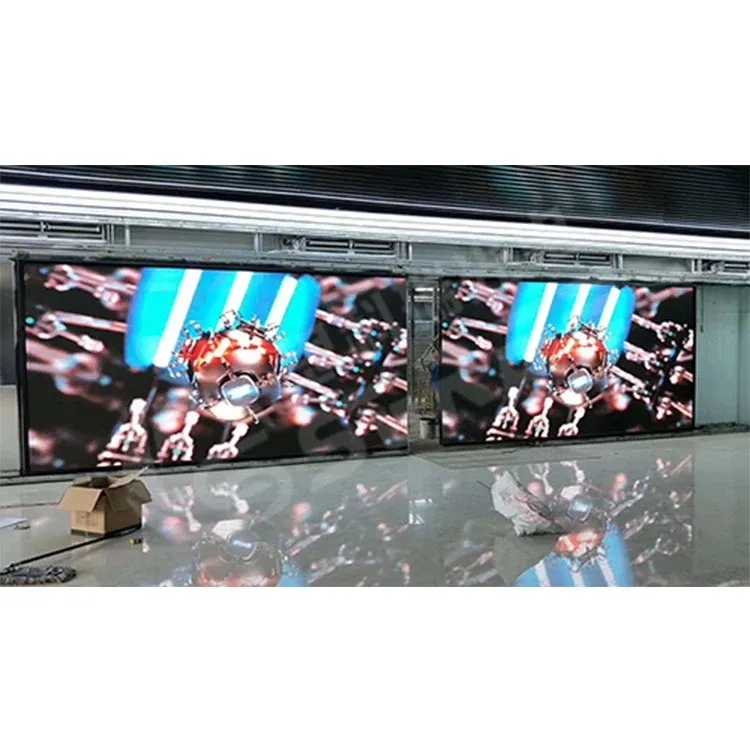LED display screen is a flat panel display that uses an array of light-emitting diodes as a video display. The LED display screen is composed of small LED module panels. They are usually used for outdoor store signs and billboards, and have become commonly used destination signs for public transportation in recent years, such as window advertisements, LED color screens, LED stadium screens, and LED creative screens.

LED panels are sometimes used for lighting purposes, such as general lighting, task lighting, and stage lighting, rather than display.
There are two types of LED panels: conventional (using discrete LEDs) and surface mounted device (SMD) panels. Most outdoor LED displays and some indoor LED displays revolve around discrete LEDs.
The clusters of red, green, and blue diodes are driven together to form a full color pixel, usually square in shape. These pixels are evenly spaced and measured from the center to the absolute pixel resolution at the center. The world’s largest LED display screen has a length of 500 meters and is located in Suzhou, China, covering Yuanrong Times Square. The world’s largest LED TV is at the Cowboy Stadium, which is 160 feet × 72 feet (49 meters × 22 M), 11520 square feet (1070 square meters).
Most indoor screens in the market are built using SMD technology, which is now a trend that extends to the outdoor market. An SMD pixel consists of red, green, and blue diodes installed in a package, which are then installed on the driver printed circuit board.
Some diodes are smaller than needles and have very similar settings. The difference is that the maximum viewing distance is reduced by 25% for discrete diode screens with the same resolution.
The general requirements for indoor use are screens based on SMD technology and have a minimum brightness of 600 candela per square meter (candela per square meter, sometimes also known as informal nits).
This is usually more than sufficient for company and retail applications, but under high ambient brightness conditions, higher visibility brightness may be required. Fashion and auto shows are two examples of high brightness stage lighting that may require higher brightness LEDs.
On the contrary, when the screen may appear in the shooting TV studio group, the requirements are often lower brightness levels and lower color temperatures; A regular monitor has a white dot of 6500-9000 K, which is bluer than the lighting shared by the previous TV production team.
When used outdoors, at least 2000 candela/square meter is required, and in most cases, high brightness types up to 5000 candela/square meter can even better cope with direct sunlight on the screen.
In order for the outdoor LED logo to be visible, it must generate a minimum of 5000 nits, which is approximately 4000 lumens of solar emission. A nit is a measurement of light emitted from a device
